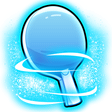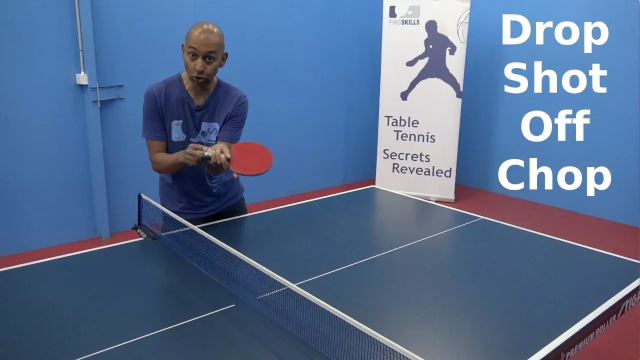Foot weight distribution on forehand
Strokes
andrew streng Asked 11 years ago
Coach
I searched the site and found what you recommend for the foot weight distribution on the forehand. 70% at the start of the stroke, 50-50 at contact and then finishing with 70% of your weight on the left foot ( for right handers) at the end of the stroke. I have the beginning and middle ok but I don't get the 70% on my left foot at the end of the stoke.
I know this slows my speed and reduces my power for the forehand. Any advice is appreciated.
Also I wish you could get royalties for others using your coaching techniques. I have used many of your tips such as move-stop- hit and getting the bat to your eyebrow at the end of the stroke on the forehand with beginners. So effective. I do credit Pingskills and hope they go to your site
cheers
Andrew Streng
 Alois Rosario Answered 11 years ago
Alois Rosario Answered 11 years ago
Hi Andrew,
Try bending the knees a little more. This may help if your weight is going up. Do the stroke slowly, one ball at a time and don't get your partner to feed another one out until the weight goes all the way onto the left. As you do this a few times you can start to do 2 balls at a time and so on.
I am glad that you find the tips useful… Always good to hear that they are being used and helping.
Thanks for the recommendations. I am sure they all help.
Recommended Video
Drop Shot off a Chop
When playing against a chopper, it is important to use the drop shot to break up your opponents rhythym. By forcing them to come close to the table, your next offensive storke will be more effective.
Watch NowNo comments yet!
Become a free member to post a comment about this question.
